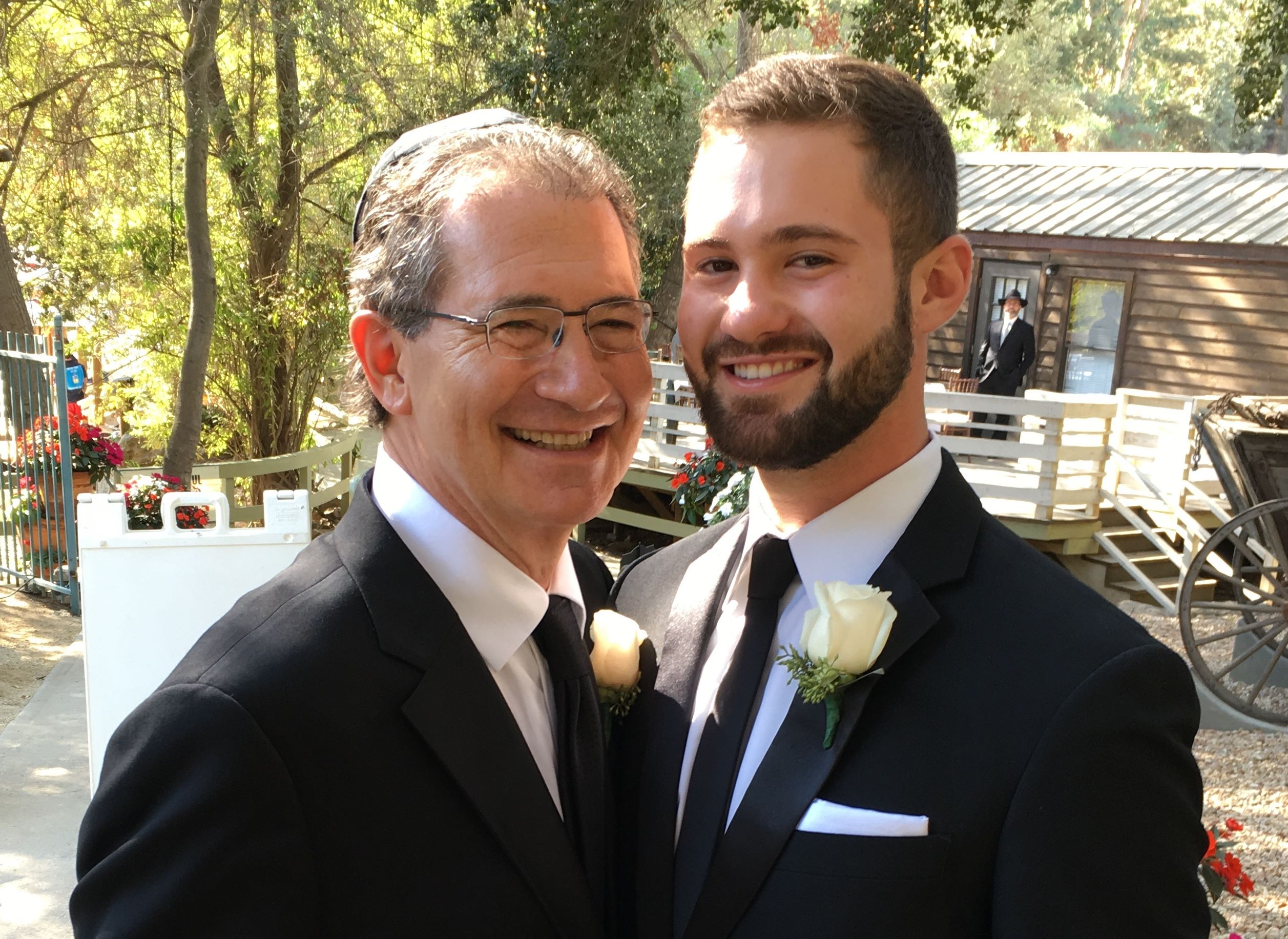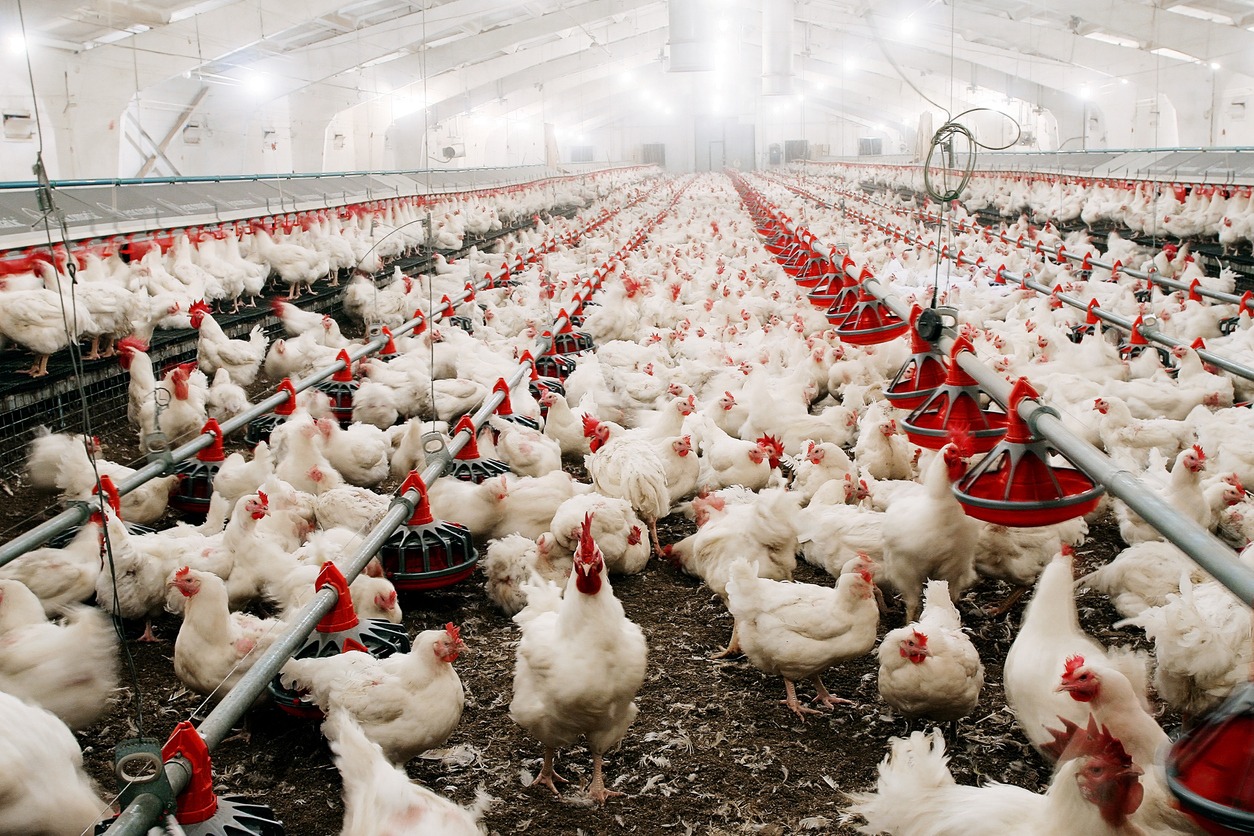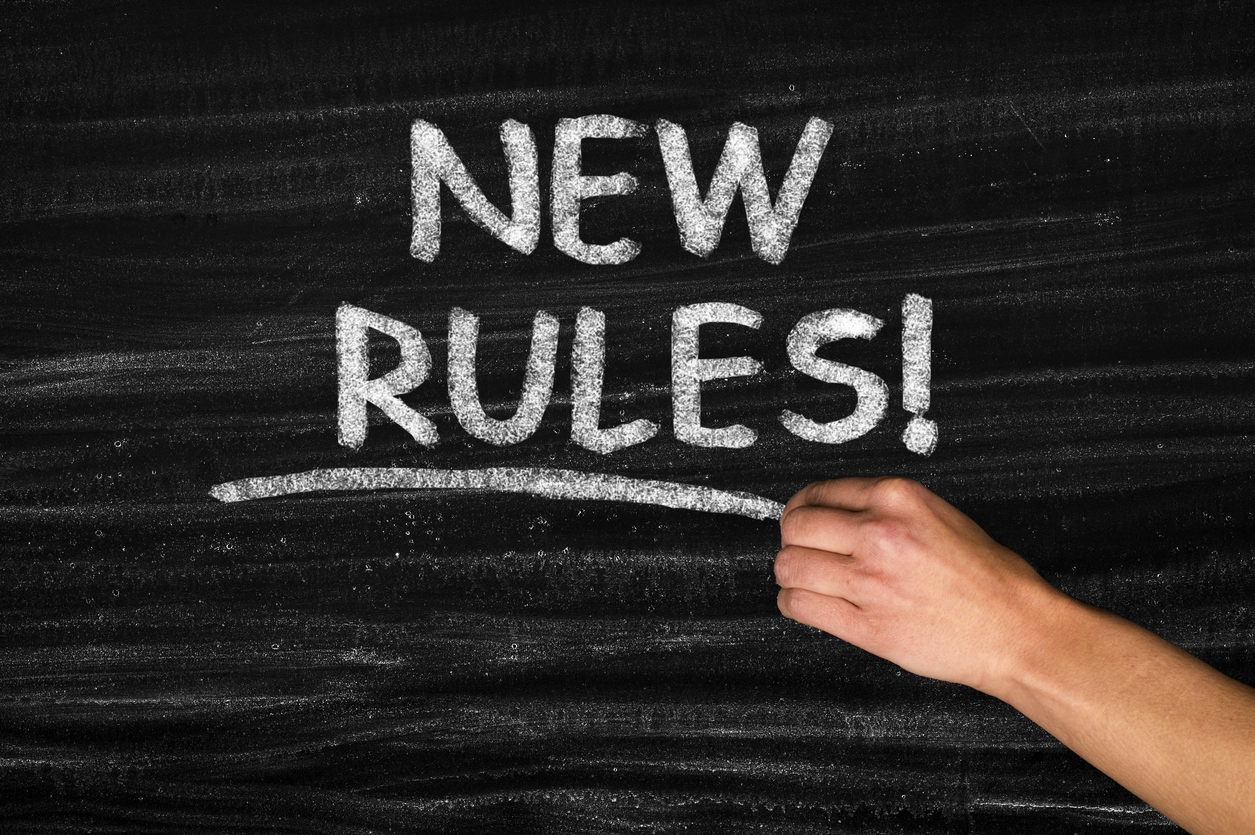One of the questions I am more frequently asked is, “Chip, how long are you going to keep doing this before you retire?” I used to ask that same question to veteran public adjusters until I kept getting the same answer—“Why would you stop doing something you love to do and get paid handsomely for it?” Michael Rubin is certainly one of those public adjusters. Despite being an officer and then eventual President of NAPIA a quarter century ago, he is still actively practicing public adjusting. He is also a current officer of the Pacific Coast Association of Public Insurance Adjusters (PCAPIA) fka California Association of Public Insurance Adjusters aka CAPIA. CAPIA is now PCAPIA, recognizing that Oregon, Washington, and Hawaii are states that the Public Adjuster Association will service and support. Michael told me that the involvement of his son, Jesse, in the business adds a great deal of joy to working.
Maury Levin must have been one heck of a teacher as a public adjuster. His son, Bobby Levin, was a past NAPIA President in 1991-1992. Maury Levin also mentored Michael Rubin, who became NAPIA’s President a decade later. My observation is that mentoring and networking with other NAPIA leaders can do nothing other than help a public adjuster advance in professional knowledge and career wisdom.
So, here are my interview questions and answers for this spotlight on Michael Rubin.
When did you first start as a public adjuster, and what got you interested in this business?
I started my journey as a public adjuster the weekend I graduated from Wayne State University in Detroit, Michigan, in June 1972. My mother owned an answering service and had a client named Maury Levin of Globe Fire Adjusters. I was inspired by the opportunity to help others while also making a living, so I began my career under the mentorship of Maury Levin, Bobby Levin’s father.
What was the hardest aspect of public adjusting that you faced, the one that gave you the most difficulty when you first started?
The most challenging aspect of my career occurred when I transitioned to Metro Adjusting in 1974 and relocated to Los Angeles to work with the Metropolitan Adjustment Bureau. Establishing Michael Rubin & Associates in 1980 presented significant difficulties, as starting with no clients required intense solicitation and adjustment efforts. The primary hurdles were obtaining clients and settling claims to ensure client satisfaction.
How has public adjusting changed in California since you first started?
When I began my career in 1974, there were only about six public adjusting firms in the Los Angeles area, primarily focusing on fire damage claims. Over the years, the business model has expanded to include other insured perils such as water damage, vandalism, and collapse. Modern public adjusting practices have also shifted from active solicitation to relying on referrals from attorneys, insurance brokers, and expert witness testimonies.
Your son Jesse is also a public adjuster. What is it like to work with him?
I love working with my son Jesse, who has been involved in the business since he was sixteen and obtained his public adjusting license at eighteen. Jesse’s expertise in accounting, business valuations, and entrepreneurial development has been invaluable, particularly in presenting business interruption forecasts. Working with my son has been a rewarding experience for me, both professionally and personally.
Why is it important for public adjusters to establish a relationship with their legislators, and do you have any stories demonstrating that?
Maintaining a relationship with legislators is crucial for public adjusters as we share a common goal of advocating for the insured consumer. I can highlight the importance of these relationships through my interactions with influential figures like former Commissioner John Garamendi and Commissioner Chuck Quackenbush. These connections have facilitated discussions on key issues and regulatory changes that impact the industry.
What is your understanding of the history of public adjusting in California? Who started it, and who were the original firms and players?
Public adjusting in California has a rich history, with early pioneers like Maury Levin of Globe Fire Adjusters setting the foundation. The industry has evolved significantly, with notable firms and individuals contributing to its development over the decades. I have played a significant role in shaping the landscape through my various business ventures and leadership roles.
What is your history as a public adjuster?
I have had a distinguished career, starting with Globe Fire Adjusters in 1972, moving to Metropolitan Adjustment Bureau in 1974, and founding Michael Rubin & Associates in 1980. I later established Rubin, Palache & Associates, and currently run Michael Rubin Inc./Rubin Adjusting, Inc. My career has been marked by continuous professional development and active involvement in industry associations like NAPIA and CAPIA.
What were the biggest challenges you faced as President of NAPIA?
During my tenure as President of NAPIA from 2001 to 2002, I faced significant challenges, including the absence of a vice president and the need to raise awareness about the value of public adjusters. I worked to secure a seat for NAPIA at the National Association of Insurance Commissioners conferences and dealt with complex issues such as the September 11 damage claims.
What are the three ways of doing business as a public adjuster that have changed the most since you first started as a public adjuster?
The business of public adjusting has transformed in several ways:
- The advent of computer correspondence.
- A reduction in physical inspections and meetings with adjusters.
- A decrease in the number of experienced General Adjusters (GAs) and experienced professional company adjusters.
Why do you enjoy working as a public adjuster?
I find great satisfaction in achieving remarkable results for my clients, such as securing seven-figure settlements and successfully arguing complex claims. My passion for the profession is also fueled by the gratitude of my clients and the opportunity to work closely with my son, Jesse.
Why should California public adjusters join CAPIA?
Membership in CAPIA provides numerous benefits, including access to resources like education and a positive impact on the industry. With over 300 licensed public adjusters in California, most of whom are solo practitioners, CAPIA membership offers a supportive community and professional development opportunities. While my extensive experience has contributed to my success, it has been my dedication to the public adjusting profession that has given me so many dividends. It is through giving back to my profession that I have learned unique insights and provided a platform to improve my leadership. This has allowed me to continue to help shape the future of public adjusting and my business in California and beyond.
Michael Rubin is a very humble person. His curriculum vitae is one to be emulated by others, yet buried in it is the fact that his peers elected him as President of NAPIA over 23 years ago. He did not have to visit California legislators with other CAPIA volunteers this winter in Sacramento, but he did. Rubin is one of those public adjusters who is an authentic contender I reference in Hire Contenders Not Pretenders—Why Policyholders Have to be Careful Choosing Professionals In an Artificial Intelligence World.
Thought For The Day
Authenticity is a collection of choices that we have to make every day. It’s about the choice to show up and be real. The choice to be honest. The choice to let our true selves be seen.
—Brené Brown




